- 18 March 2022
- 810 defa okundu.
Bar Orian Architects Restores and Modernizes “Zamenhof Compound”
Bar Orian, a leading international architecture firm based in Israel and established by Tal and Gidi Bar Orian in 1990, today officially unveils its latest project, Zamenhof Compound, an early 20th-century building that was restored and modernized with the addition of two contemporary floors, marking the firm’s prowess for rejuvenating Tel Aviv’s architectural fabric.
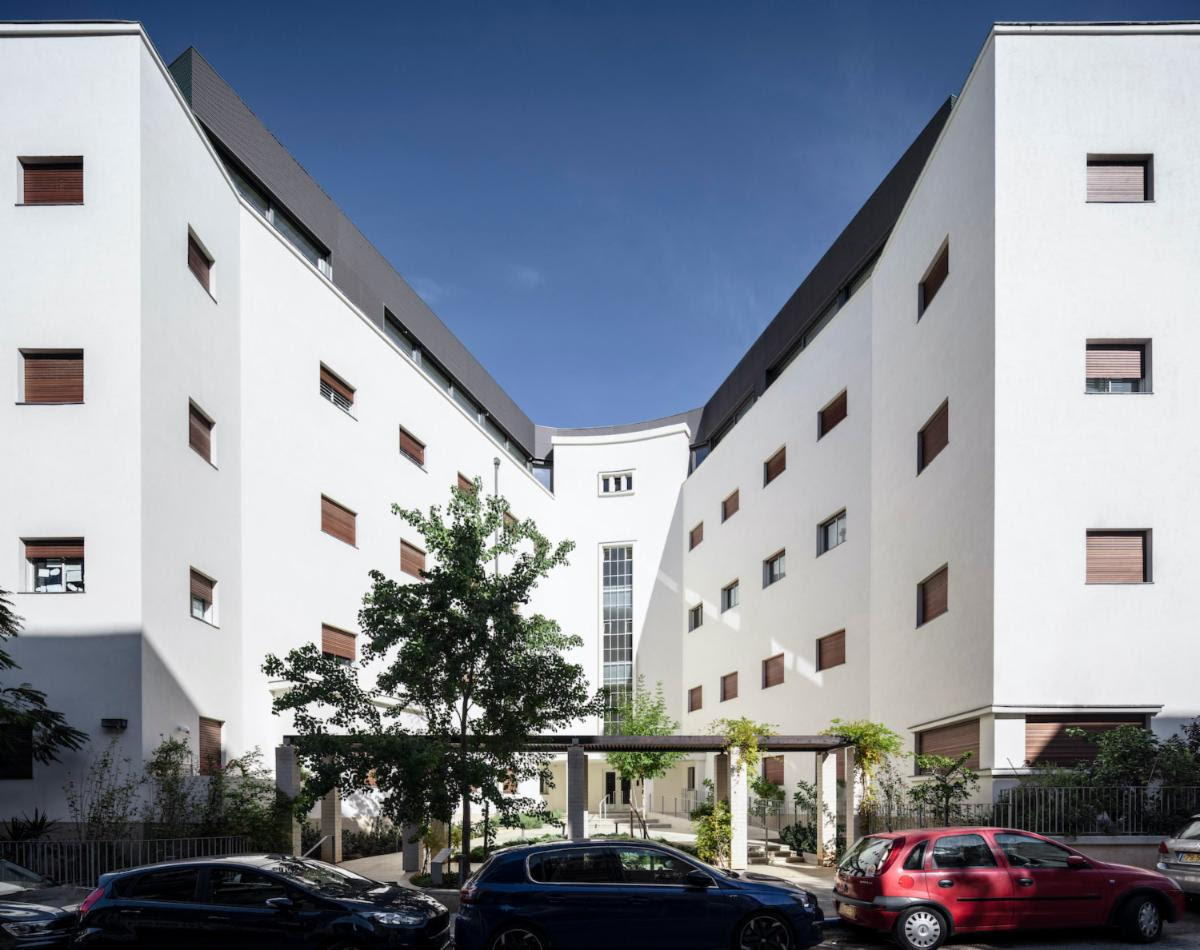
Zamenhof Compound is a testament to Tel Aviv past, present and future, centering around a “thermometer” window and an entrance hall from which two long wings split in opposite directions, a flagship characteristic of the International architecture-style. Marking its architectural significance, the building is designated within Tel Aviv’s White City, a UNESCO World Heritage Site for its collection of more than four thousand Bauhaus and Eclectic Architecture-style buildings.
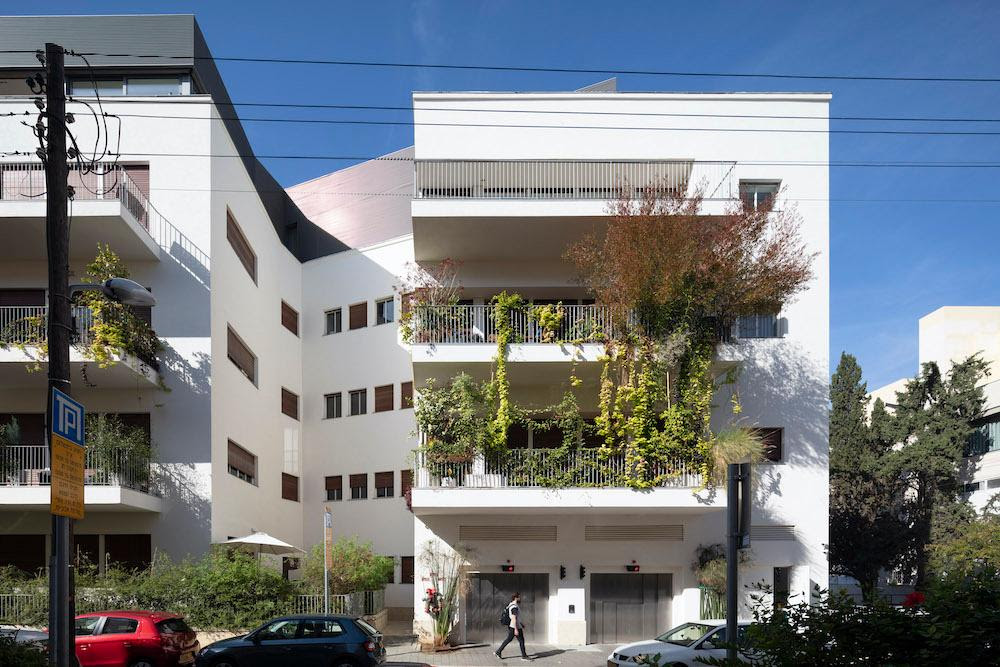
Zamenhof Compound lies within a tree-lined street in central Tel Aviv. The project is a five-story building that stretches over four city blocks and creates a unique juxtaposition and plot size that is unique to the White City of Tel Aviv. Bar Orian was tasked with transforming a twentieth-century building that was originally designed as a medical clinic by architects Yochanan Ratner and Emmanuel Wylinsky in 1935 to a contemporary residential building which suits the rapidly growing demand of local and international denizens. Zamenhof Compound boasts a new extension that follows the external contours of the two buildings’ original wings, adding three masses which, from the front, portray independent structures that naturally assimilate into the urban fiber. The contemporary extensions pay homage to the Bauhaus style of architecture of the White City that is characterized by simplicity of form, functionality, large openings, and wide balconies. Zamenhof Compound also boasts projecting balconies that were added to the front of the building, acting as a design element that enhances the building’s three dimensionality.
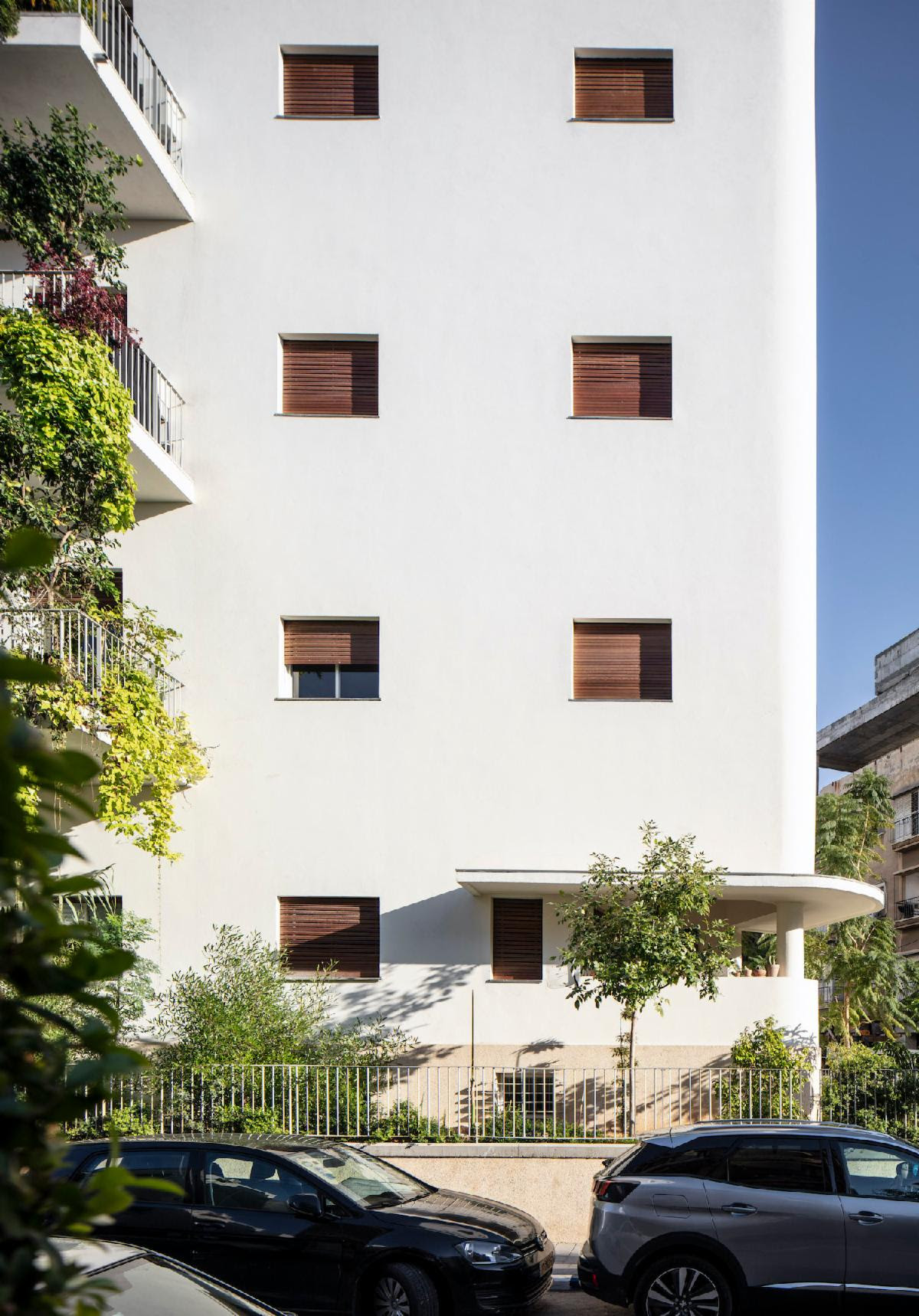
Holistically blending in with the existing structure and the surroundings, and despite its exceptional dimensions, the design of the newly added fourth and fifth floors create a contrast where the recessing contours of the upper floor lead to a roof terrace and broad exterior spaces. The upper-floor walls are covered with dark horizontal aluminum louvers, a shutter with horizontal slates that is angled to admit light and air and keep out rain and reduce direct sunshine, which creates a negative image to the stark bright whitewash of the original building.
During the planning process, the architectural challenge itself evolved into an opportunity that allowed warm natural light to stream into the building through openings set at regular intervals, which was central to the recovery of patients during its original incarnation. These “natural light corridors” were retained during the restoration and replanning process to the benefit of the residents of the building. During the meticulous Bauhaus preservation process, Bar Orian was able to adapt the structure to contemporary needs, such as creating parking areas under the existing structure, adding air-conditioning systems and modernizing electrical and plumbing systems.
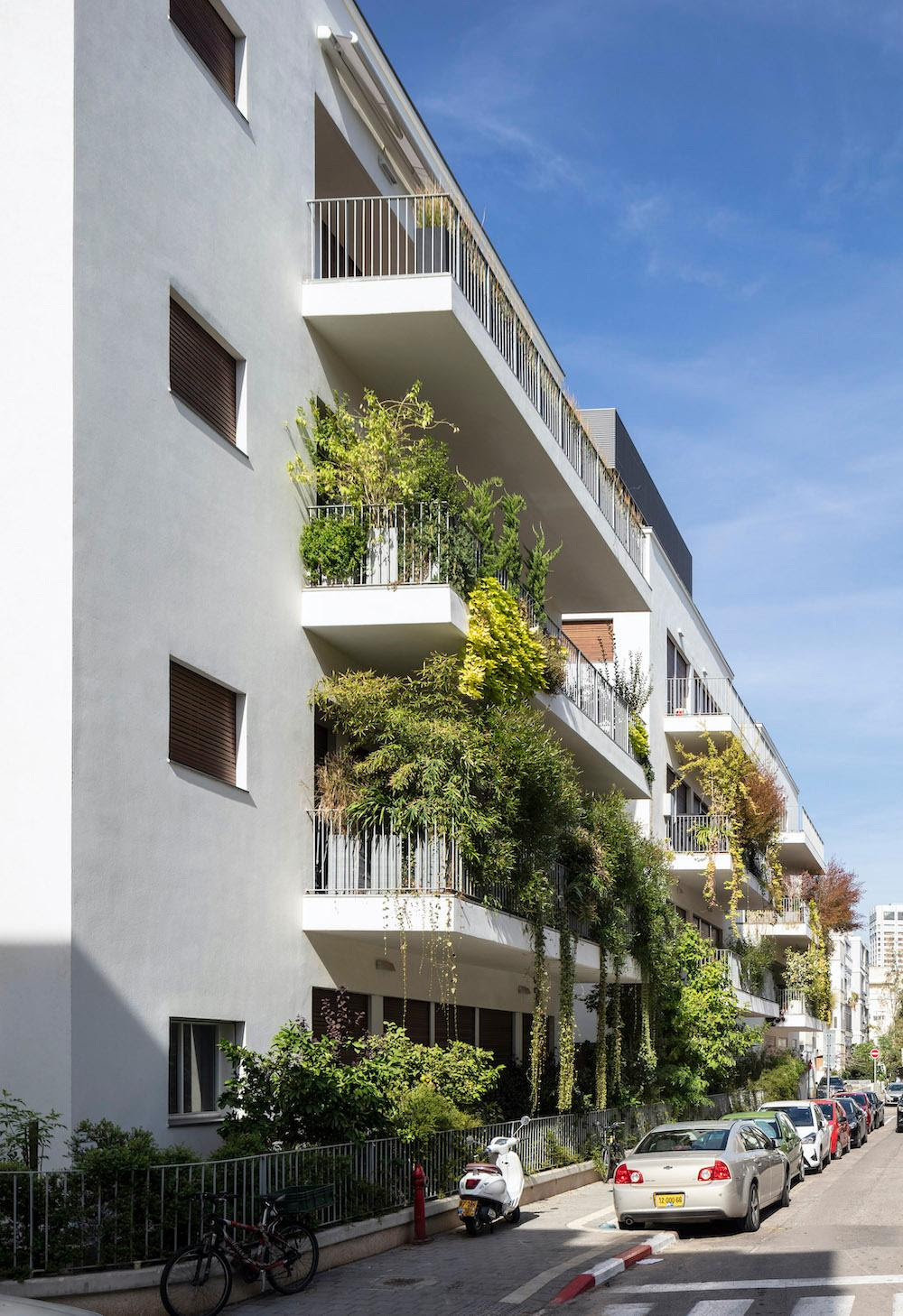
While creating Zamenhof Compound, Bar Orian built a 1:1 resolution that is manifested in the design of the apartment interiors, which at 200 square-meters (approximately 2,150—square-feet), were rebuilt as part of the preservation. The apartment areas of the building were based on the existing plan by Yochanan Ratner and Emmanuel Wylinsky, where the entrance was set in the middle of the floor and thus created a long and narrow entry space. Making optimal use of the existing window grid, a light-flooded corridor was planned to lead into the heart of the apartment. The interior unit plans are based on an expansive central space for hosting with separate wings for parents and children.
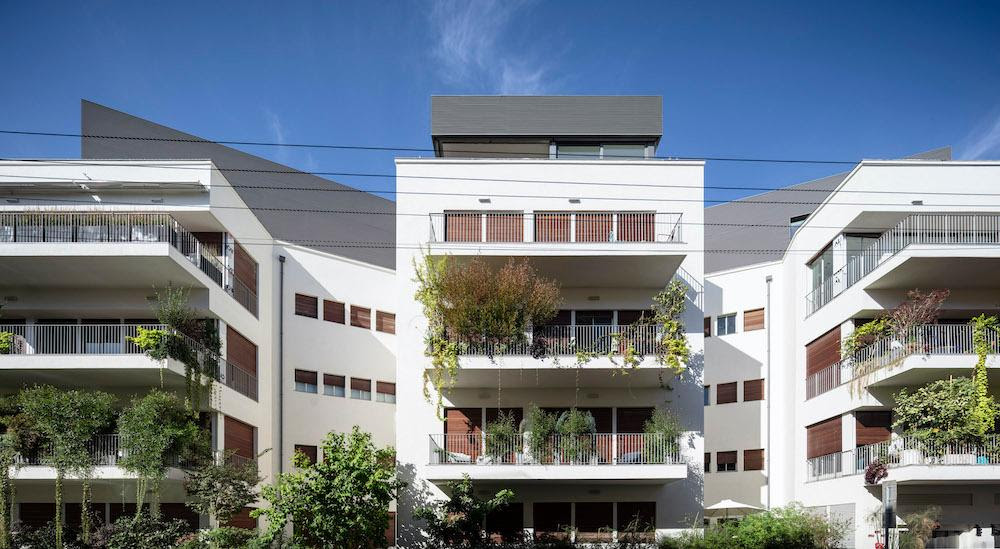
The interior design also reflects a dedication to make the building’s urban-natural setting visible from any part of the apartment with the use of refined natural materials, including smoothed concrete, wood – and the strong golden light prevalent in the city that sits on the Mediterranean coastline. This use of material, in addition to wood dividers that change their density to meet the level of concealment needed, creates a hybrid-contemporary space that is integral to the overall planning, further manifesting a distinct project that seamlessly showcases a “past-present-future” continuous language of residential architectural design.

